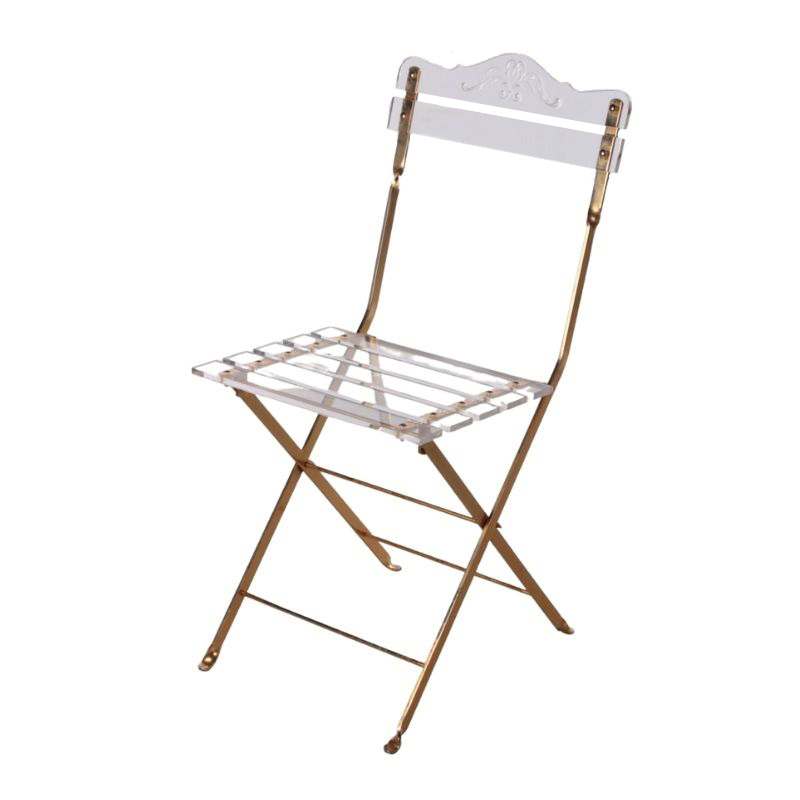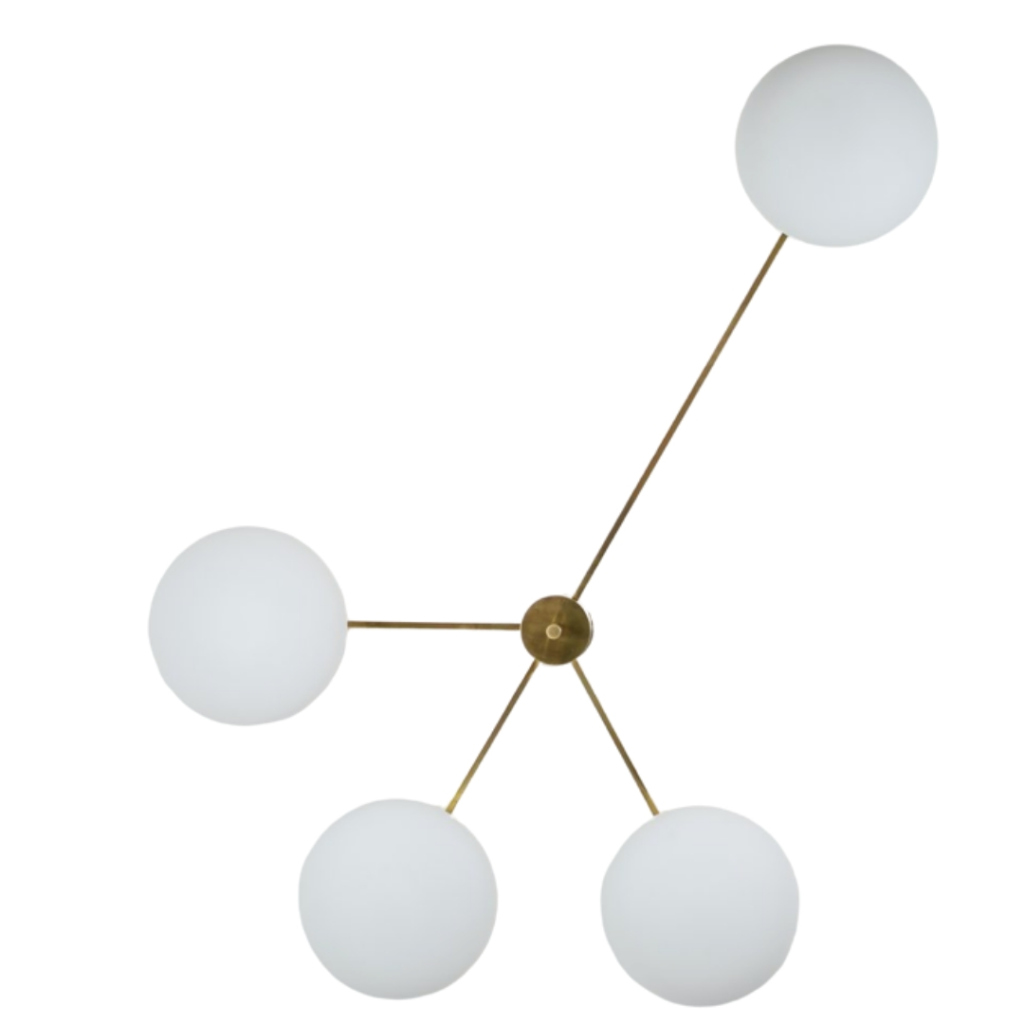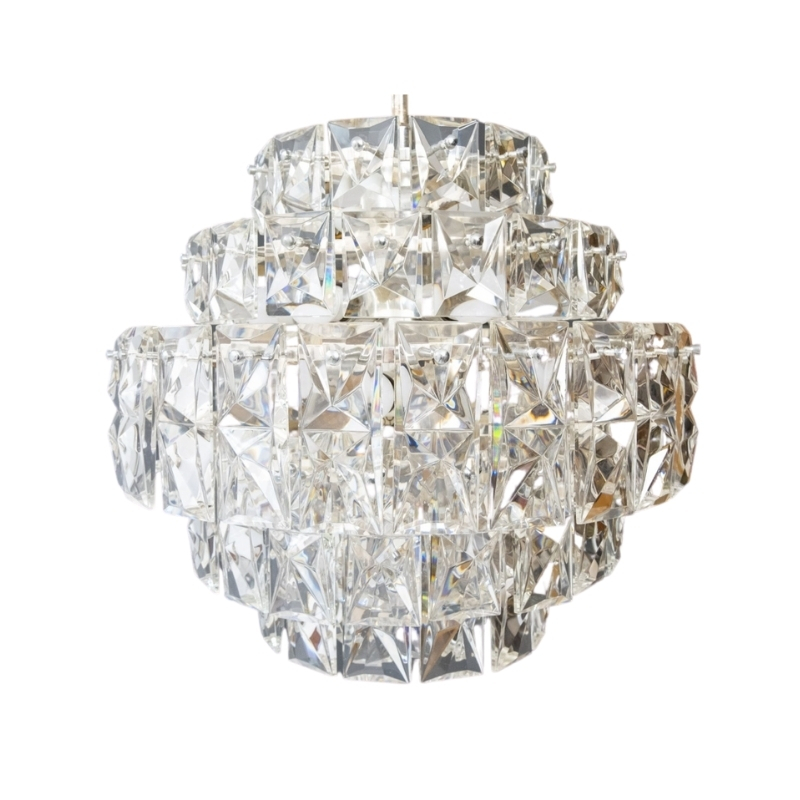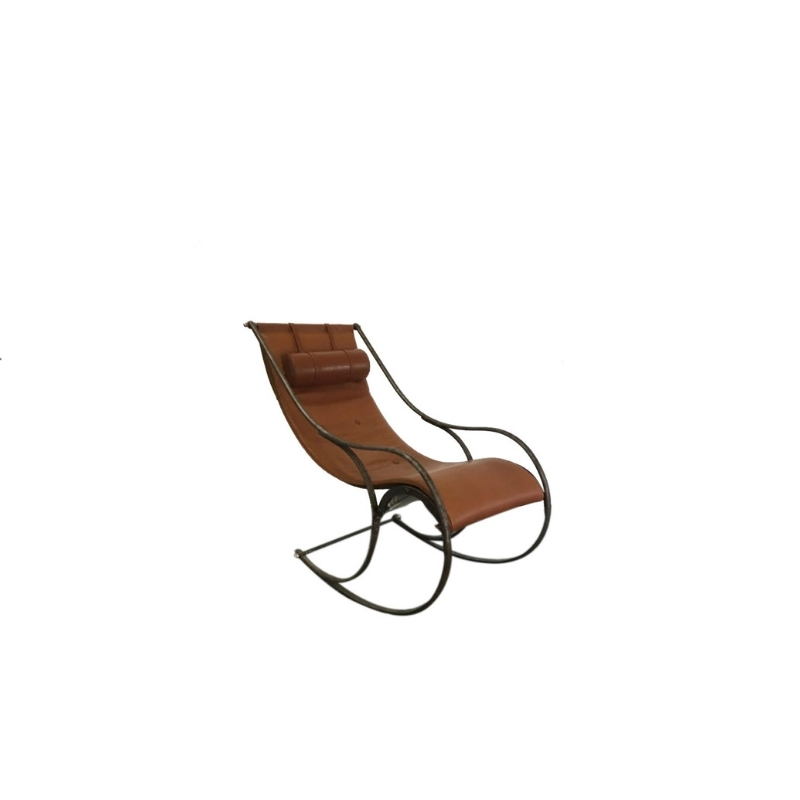The seat and back of my early production DCM were originally red. But time and neglect had rendered them too shabby and faded to simply clean, wax and call good. Fortunately there was no mechanical damage. I have carefully sanded to remove almost all of the red stain or dye from the birch veneer. Now I must make a decision about refinishing and would like to try to reproduce the original red color if possible. I suspect that the original color may have been a dye but would like confirmation on this. Advice and comments welcome.
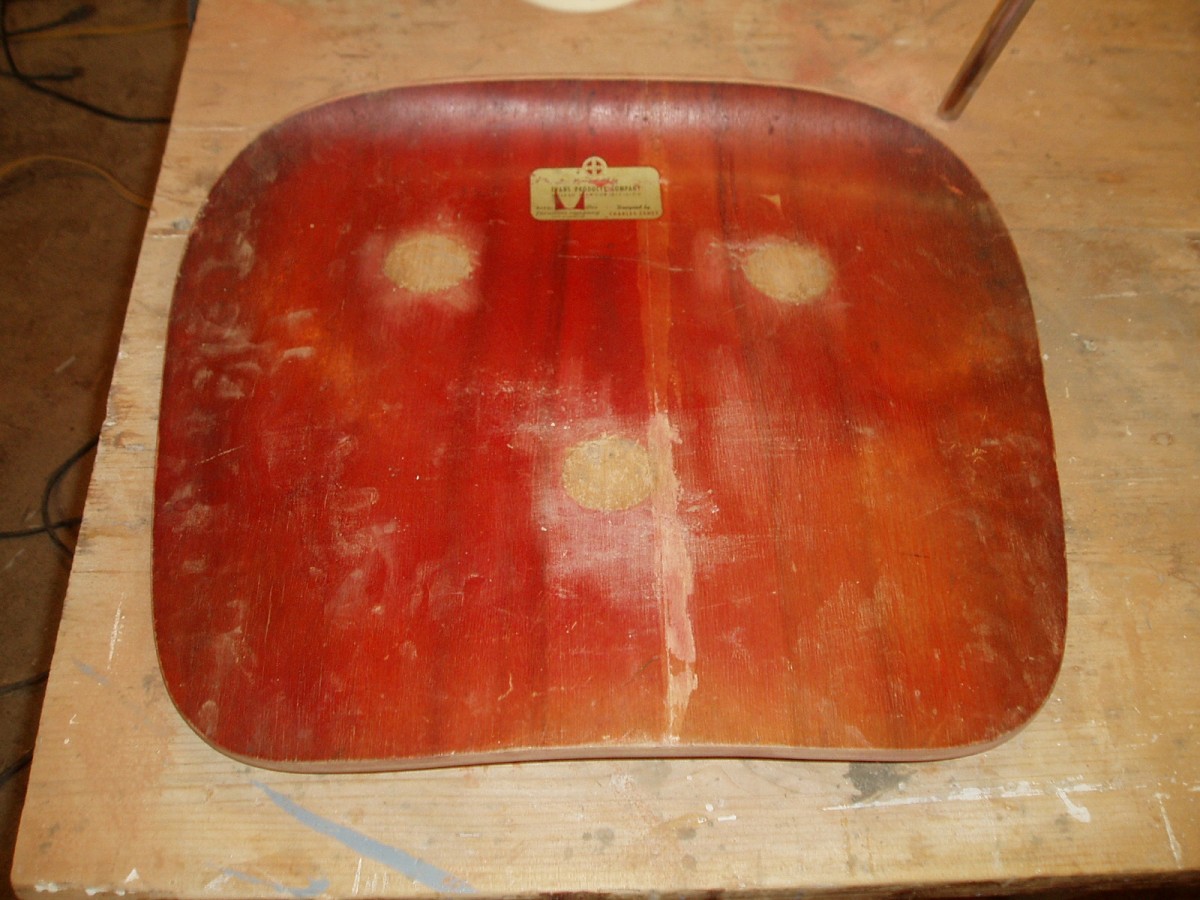 <img class="wpforoimg" src=" http://d1t1u890k7d3ys.cloudfront.net/cdn/farfuture/VTmK-L4Xms1mXd3aAHUOS
<img class="wpforoimg" src=" http://d1t1u890k7d3ys.cloudfront.net/cdn/farfuture/VTmK-L4Xms1mXd3aAHUOS
I guess I have nobody but myself to blame as I DID ask for advice and comments. But I had no idea that they would be a vapid, stupid, unhelpful, flippant and useless as they have tended to be so far.
To restate my question re. refinishing: "I suspect that the original color may have been a dye but would like confirmation on this."
Is there anyone out there who has knowledge regarding the original seat and back finish process on the DCM?
Pico, do you happen to have any "before" photos of the chair?
Birch is notorious for taking stain unevenly often with splotchy results. I'd go with a dye. I've had good luck with TransTint brand that Leif linked to above. What might have been used originally is, um, kinda moot at this point.
The only "before" photos I have are posted above. The bottom surface of the seat was in better shape than the top. The back of the back likewise.
I've never tried spraying a dye. What I know of dyes is that they are generally easier to apply evenly to woods like birch and maple which tend to "tiger stripe" with stain. Pre-stain conditioner can be helpful but not foolproof.
My question re. the original finish method was simple curiosity, not intending to imply that knowing about the original finish method would be helpful to refinishing decisionmaking.
The veneer on the seat of my chair has a defect which appears to be in the original veneer lay-up, not the result of delamination or other later damage. The seat veneers are not bookmatched or centered and one leaf has very dark mineral streaking which detracts from the appearance. The back of my chair has perfectly centered bookmatched veneers on the front side. (see photos). This seems a bit odd. The ugly seat veneers have me thinking of black dye.
Pursuing the "simple curiosity' theme further; I have run across mention of routed recesses for the shock mounts in the backs of some DCMs. My chair does not have these. Were the recesses a later modification?
Yes, the later backs are recessed. I don't know when they started doing that.
HM was never too picky about matching leaves of veneer on these. The asymmetrical areas of darker grain on your seat panel doesn't bother me in the least.
If historical accuracy is important (since integrity is already out of the question), I"m pretty sure it was an aniline dye in or followed with nitrocellulose lacquer. And, I think the square-edged replacement shock mounts rather than the later style that you've purchased might be the more appropriate choice.
While looking back over my posted photos, I just now noticed that the veneers on the underside of my seat appear to be centered and bookmatched. Is it possible that this seat was put into the press upside-down ??? Coupling this observation with my earlier discovery that the legs seemed to have been welded on backwards, I'm wondering if this chair was put together as some sort of "second".
The original dye was red aniline. I would bet that they were probably sealed with shellac before dying.
The comments are because you should have left them as is, the chairs were worth far more in their previous condition. The patina is more desirable to collectors, otherwise they would just buy a new one from HM. To make it worse, these are early Evans production, red aniline, DCMs, which are probably one of the most valuable versions of this design. By doing what you did, you just slashed their value to 1/3 -1/4 (hundreds of dollars of lost value I would guess) of what they were before you took the sander to them. That is why people are commenting. But, it is your chair so you can do what you like with it ...... especially now, since all that really matters is how you feel about it, not value or preservation.
If you need any help, please contact us at – info@designaddict.com




